Why do dogs have pink noses?
Pink noses color is a result of melanin. However, dogs can develop pinker noses due to weather changes or age. The nose can become lighter due to sunburn, pigment loss, and infections.
Some dogs have black noses, while others have matching snouts that match their coat colors. The amount and distribution of melanin in a dog’s nose determines its color. This can vary with breed and age.
The nose is protected from sunburns and skin cancer by using melanin. We use its pigmentation to determine the actual dogs’ coat color.
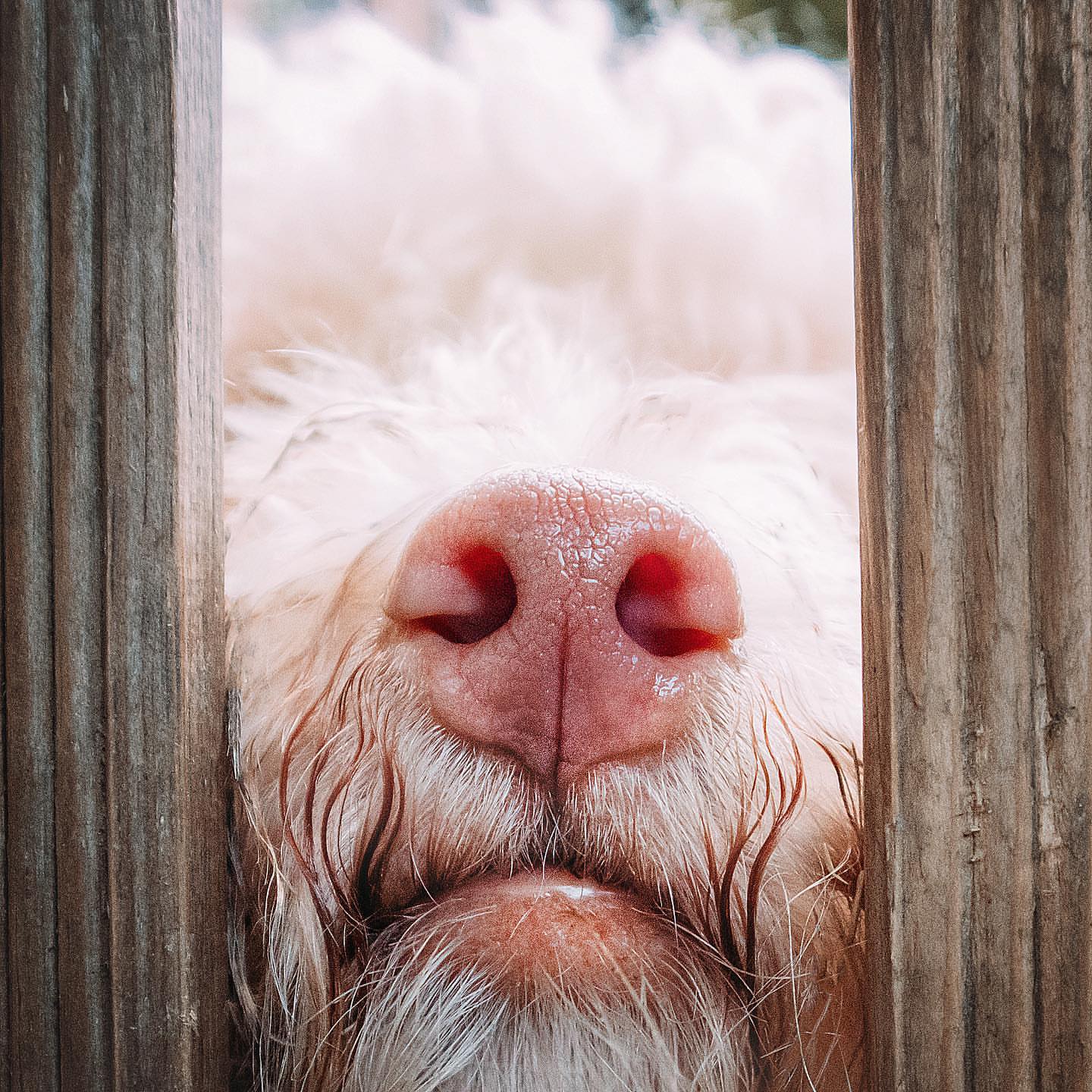
Dog Breeds With Pink Noses
Pink nose color’s are a unique and rare trait in dogs, but several breeds do have this pink pigment on their snouts. Some of the most popular dog breeds with pink noses include:
You may like: How Does Cerenia Kill A Dog?
Bulldog
Bulldogs have short muzzles, wrinkles, and of course, that signature pink nose. They are known for being loyal and friendly companions who will happily curl up with you for a nap or go on long walks with you.
Dalmatian
These spotted puppies don’t just have black spots all over their bodies – they also tend to have light pink noses! Despite their fierce appearance, these dogs are incredibly sweet-natured and make great family pets.
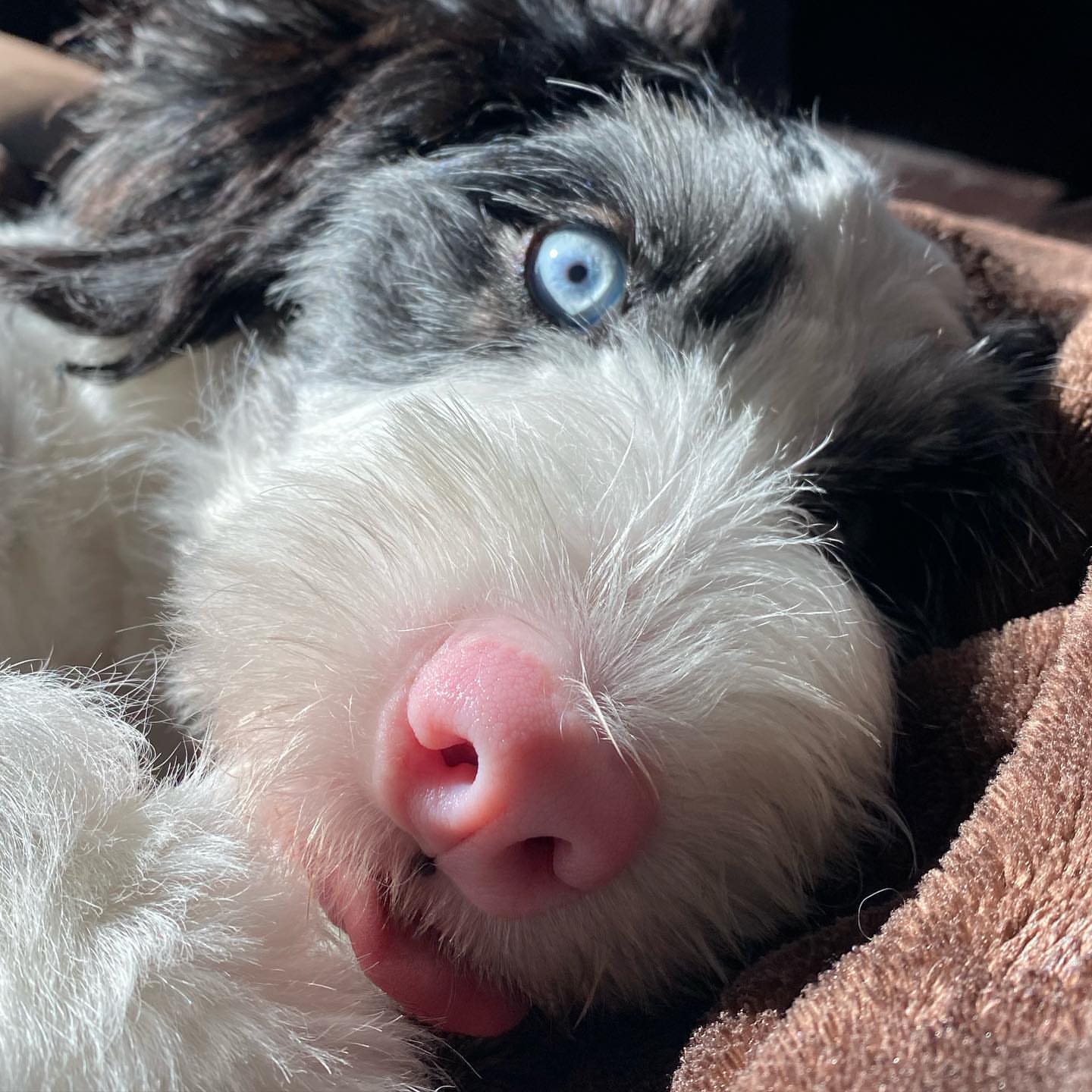
Greyhound
Greyhounds have a unique physical appearance, with their long and narrow muzzle that often features a pink nose at the tip. They are known for being racers on the track but make excellent couch potatoes off it!
You may like: Can dogs eat activia yogurt?
Pug
Pugs are one of the cutest breeds out there, and they sport a light pink nose, and their trademark squished face look. These small dogs love to play and snuggle up with you, too – perfect if you’re looking for an affectionate companion who will always be by your side.
Shih Tzu
These charming little puppies usually have black or dark brown coat with white markings, but many also feature pink noses. They are known for being incredibly affectionate and loving, so if you’re looking for a furry friend who will always be by your side, look no further than the Shih Tzu!
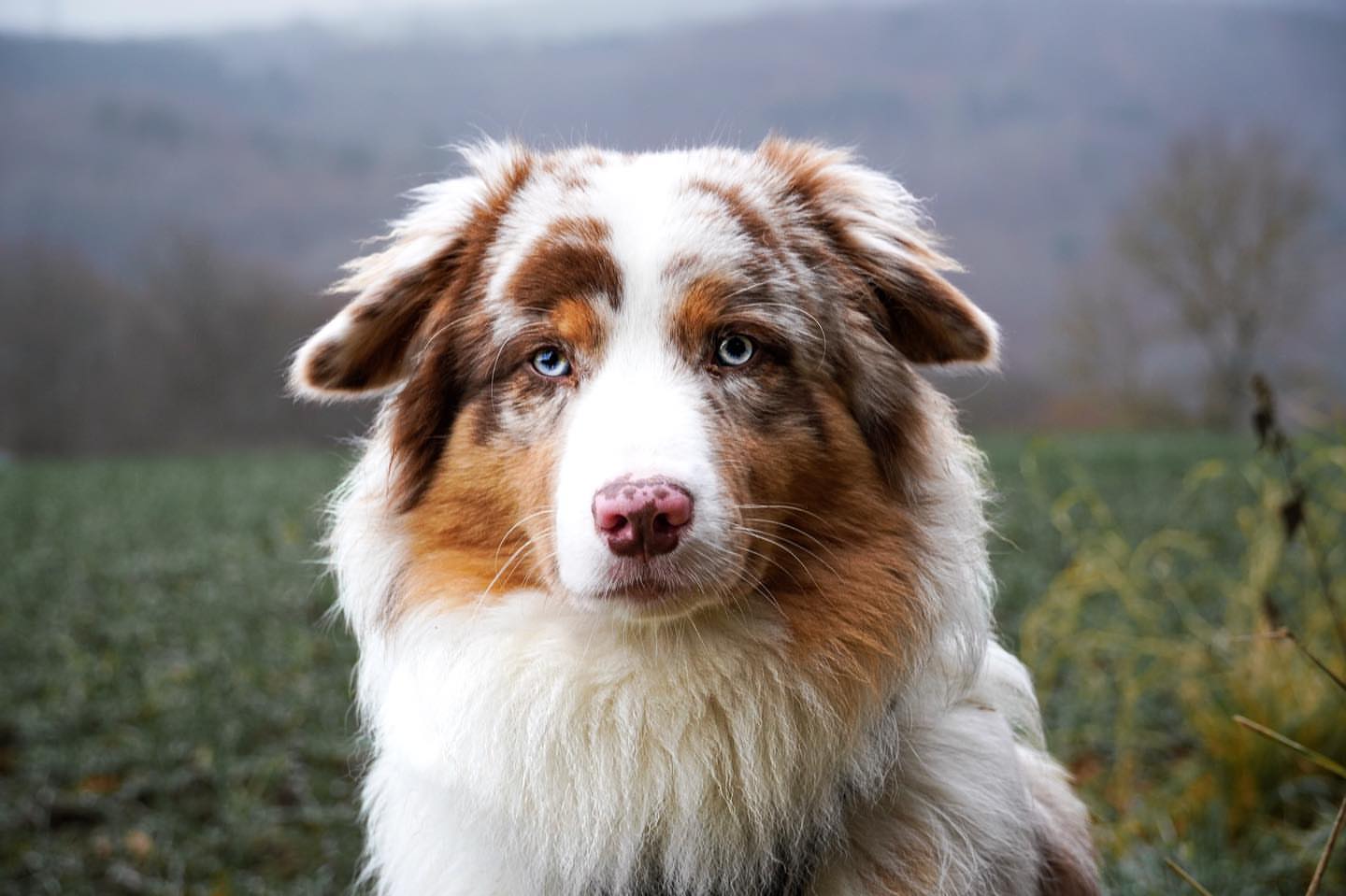
Siberian Husky
The Husky is well-suited for cold conditions with its double-layered coat and thick wooly fur. This dog is usually black, but it can sometimes experience Snow noses. In cold weather, the nose may turn lighter or even pink.
You may like: 15 Reasons why boxers are the worst dog breeds?
Beagle
Beagles are loyal hunting companions and can be loved as family pet. There are two sizes available for this dog: a smaller one that measures 13 inches at its shoulder and a larger version that can measure 15 inches.
A recessive gene in the Beagle may cause liver coloration. This recessive gene can be passed on to offspring, leading to a pink nose. Beagles with pink noses are likelier to have reddish-brown fur and amber eyes.
Bernese Mountain Dog
Because of its friendly nature, the Bernese Mountain Dog has quickly become popular in America. The Bernese Mountain Dog can easily exceed 100 pounds and grow to almost 27 inches at its shoulder.
The Bernese Mountain dog has a thick, flowing coat that is warm and thick. This coat is ideal for enduring the harsh winters in Switzerland. As an adult, the Bernese Mountain dog will have a dark nose. However, many puppies are born with bright pink noses. As the dog gets older, the nose slowly turns blacker.
In rare instances, an adult Bernese Mountain Dog, might have tiny pink spots on an otherwise black nose.
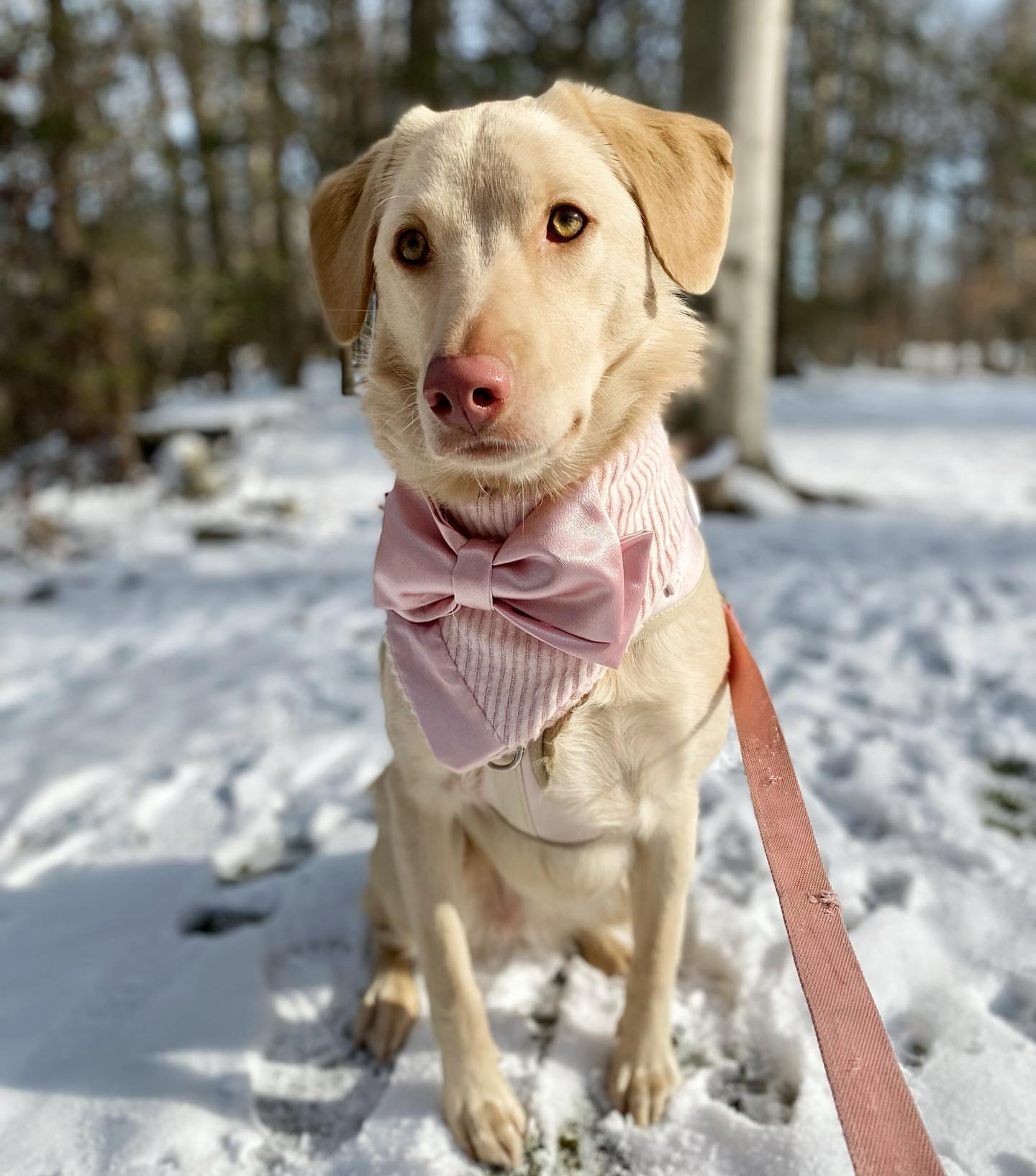
English Springer Spaniel
An English Springer Spaniel is a medium-sized dog, usually reaching around 50 pounds. The English Springer Spaniel was originally bred as a bird dog. This makes it intelligent and athletic.
This dog is happy to be outdoors and can also make a great family pet. The liver spots can occur on the dog’s coat. Also, this could translate to a pink-colored nose or liver. This dog is very trainable and enjoys participating in agility or tracking competitions.
You may like: How often do Pomeranians go into heat?
Samoyed
The Samoyed is a wonderful dog. The giant breed’s fluffy coat and trademark smile make it easy to love the Samoyed. The Samoyed is a friendly and affectionate dog that loves to please its owner.
Although most Samoyed dogs have black nose, the Dudley nose is a common feature in this breed. As the dog ages, the nose gradually lightens to a pinkish color. There is nothing to be concerned about if your Samoyed’s nasal color changes. Dudley’s nose is normal and completely harmless.
Do Dogs’ Noses Stay Pink?
A puppy may have a pink or light-colored nose when they are born. This color can change as they age. This color change could occur as early as 8-16 weeks old or within a year.
A liver nose that stays pink throughout their lives is a hallmark of genetically red liver dogs. A black nose is a sign that the puppies of this particular bloodline are not truly red and should not be sold.
Even dogs with pink noses may experience slight changes in their color over time. This is due to sun exposure.
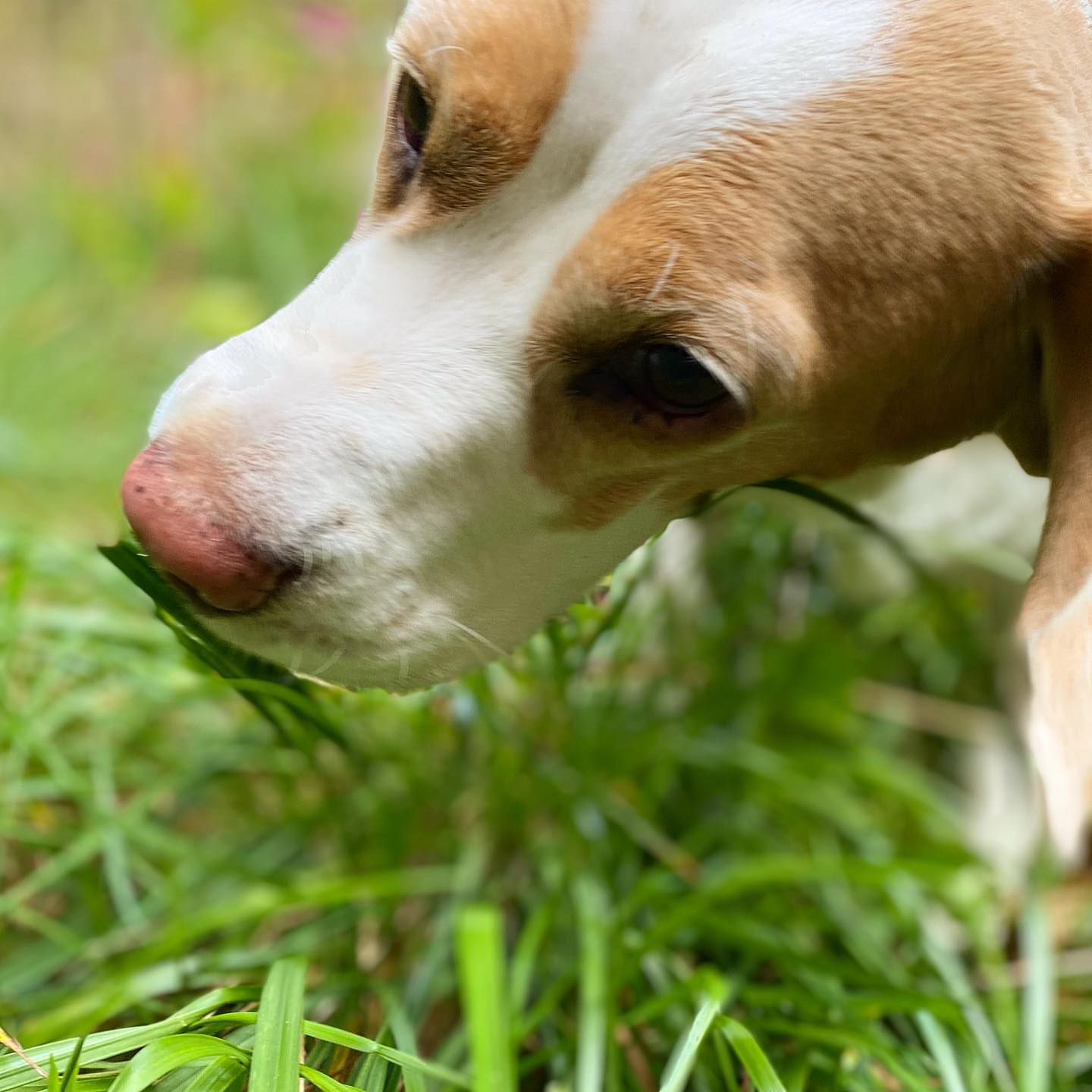
What causes pink noses in dogs?
There are many causes of Dudley noses. Consult your veterinarian immediately if you suspect depigmentation is due to an underlying condition.
Below are the most frequent reasons.
Age: As we age, our body’s melanin production declines, resulting in grey hair and pale skin. Senior dogs often experience depigmentation of their noses.
Injury: As the healing tissue builds, cuts caused by trauma can turn pinkish.
Allergies – A skin reaction to allergy might occur in the nose after contact with the trigger. The nose can become sore and crusty, and symptoms may mimic a sinus infection.
Bacterial infection: An infection that affects the nose can cause an inflamed or crusty appearance. Your dog may experience a lighter nose and other symptoms such as sneezing, fever, or skin color changes.
Sunburn – The sensitive, non-pigmented area of your dog’s nose can get sunburned by excessive sunlight.
Weather – The snow nose results from weather-dependent color changes in the nasal and returns to its natural state once the cold season has ended.
You may like: The Chihuahua Brain Size
Dogs with pink/liver nose
The Dog breeds with liver noses are the Field Spaniels, Pointer, English Springer and Cocker Spaniels, as well as the Dalmatian, Australian Shepherd, Siberian Husky, and Nova Scotia.
Some dog breeds, such as the Irish Setter, may look like liver dogs but they are recessive red with dark pigmentation.
Contrary to popular belief, liver dog’s may not be called such in the case with the Chocolate Lab. They are liver dog’s because they have brown nose and yellow eyes.
Several dog breeds have liver/pink noses.
- Field Spaniel
- Pointer
- English Springer
- Cocker Spaniel
- Dalmatian
- Australian Shepherd
- Siberian Husky
- Nova Scotia
- Bull Terriers and Boxers may have pink noses that last their entire lives.
Genetics is an interesting topic and can be very useful for potential puppy buyers regarding temperament or behavior.
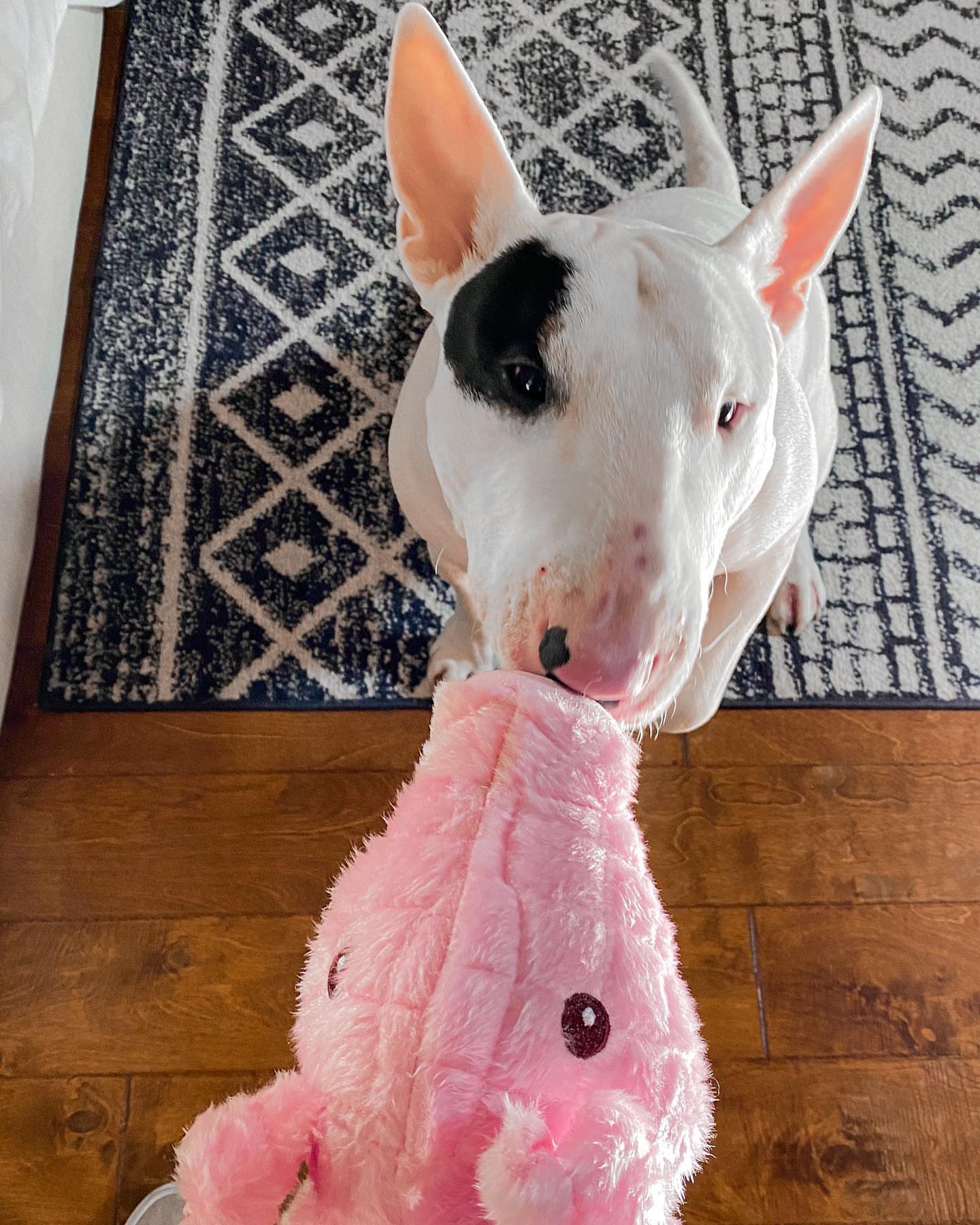
Dudley Nose
The normally black nose becomes pinkish-pinkish in the middle. This spreads outwards until the entire nose is covered.
Bull Terrier bulldogs often have pink noses. However, the color is mainly due to the white coat and not from any loss of pigmentation.
These breeds are more prone to develop a Dudley nose.
- White German Shepherd
- Doberman Pinscher
- Pointer
- Poodle
- Irish Setter
- Golden Retriever
- Samoyed
You may like: How Big is a Chihuahua’s Heart?
Snow Nose
The dog’s nose may turn pink in winter but return to its natural color in spring.
Color changes that are weather dependent can be seen in the following:
- Siberian Husky
- Labrador Retriever
- Bernese Mountain Dog
- German Shepherd
- Golden Retriever
However, don’t let the name winter nose fool you. Dogs not subject to cold temperatures may also experience this color change.
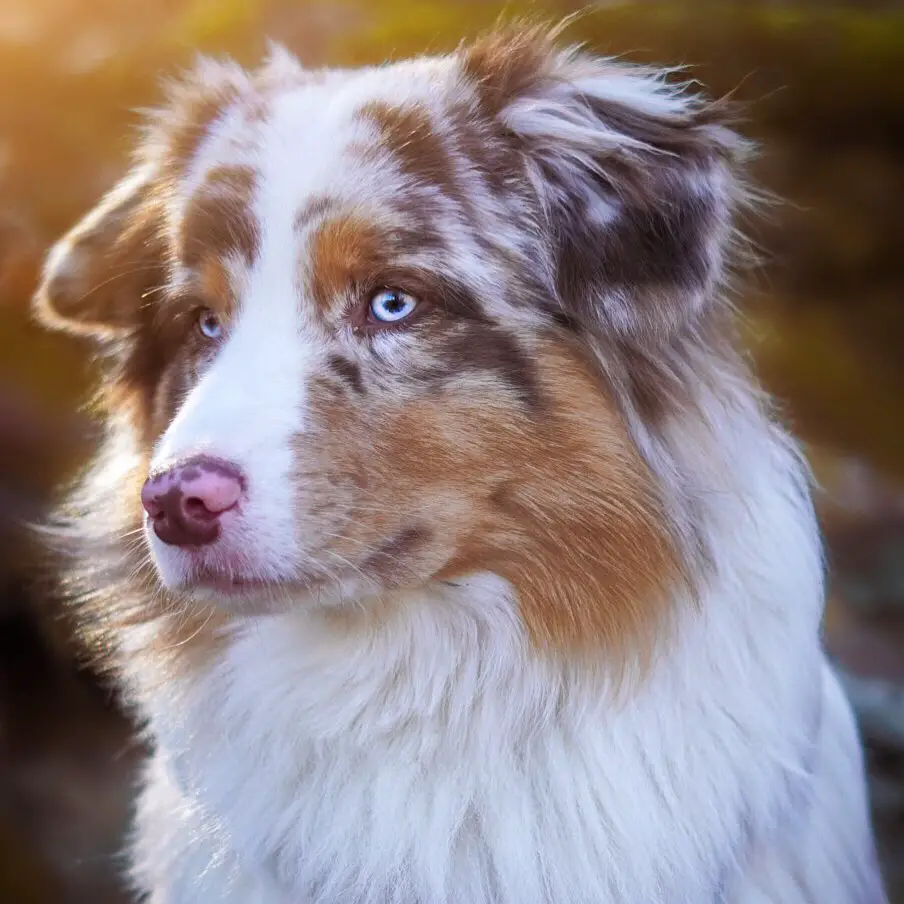
Butterfly Nose
These breeds are responsible for this unique and beautiful nose:
- Dogo Argentino
- Boxer
- Bull Terrier
- Most commonly associated with merles




